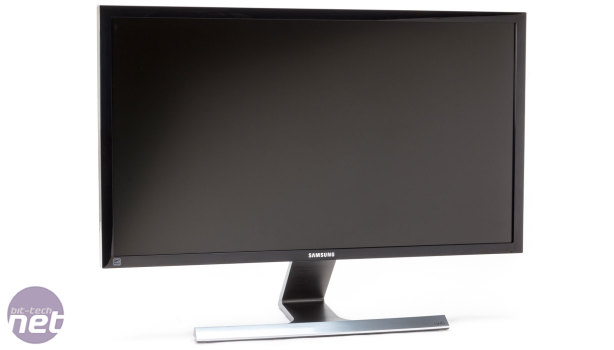
How We Test
For this test we collected a diverse set of eleven gaming monitors. The majority is of the 120/144Hz variety, meaning prices are decidedly above average. However, we also included two 60Hz screens which are marketed toward gamers, with low response times and somewhat more palatable prices. Additionally, we included an Ultra HD model, as it turned out to be quite fast and surprisingly affordable while also offering loads of screen real estate.All screens were tested using a MicroVision SS220 colorimeter and an X-Rite i1 Display Pro colorimeter in conjunction with the SpectraCal Calman 5 software. We measured brightness, contrast, colour temperature, viewing angles, uniformity, response times, input lag (none of the screens had significant input lag) and power consumption. Regarding the latter: keep in mind that TN panels consume most power when displaying a fully black screen, while other technologies tend to peak while displaying an all-white screen.
Please note that all screens were tested with the settings they would have if you bought them off the shelf. In order to achieve this, all screens were reset to factory settings before testing. The only exception is the colour temperature test, where we attempted to find the preset closest to 6500K. All tests were performed at 100 percent brightness. Nonetheless, monitors with special operating modes may be capable of higher brightness than measured, in a different setting (e.g. the Eizo FG2421).

MSI MPG Velox 100R Chassis Review
October 14 2021 | 15:04









Want to comment? Please log in.